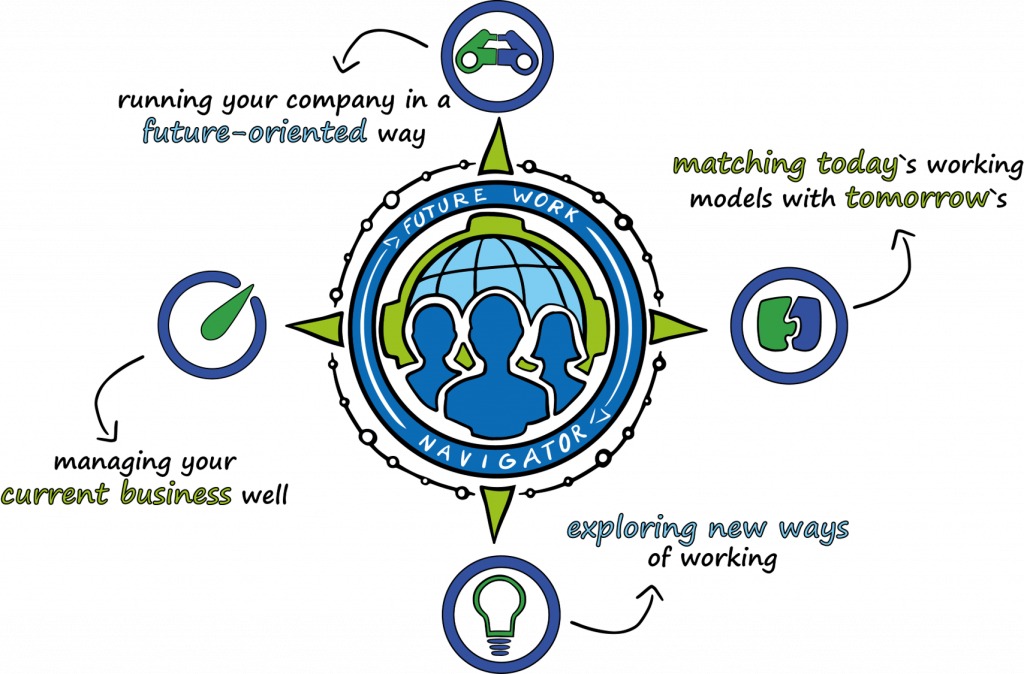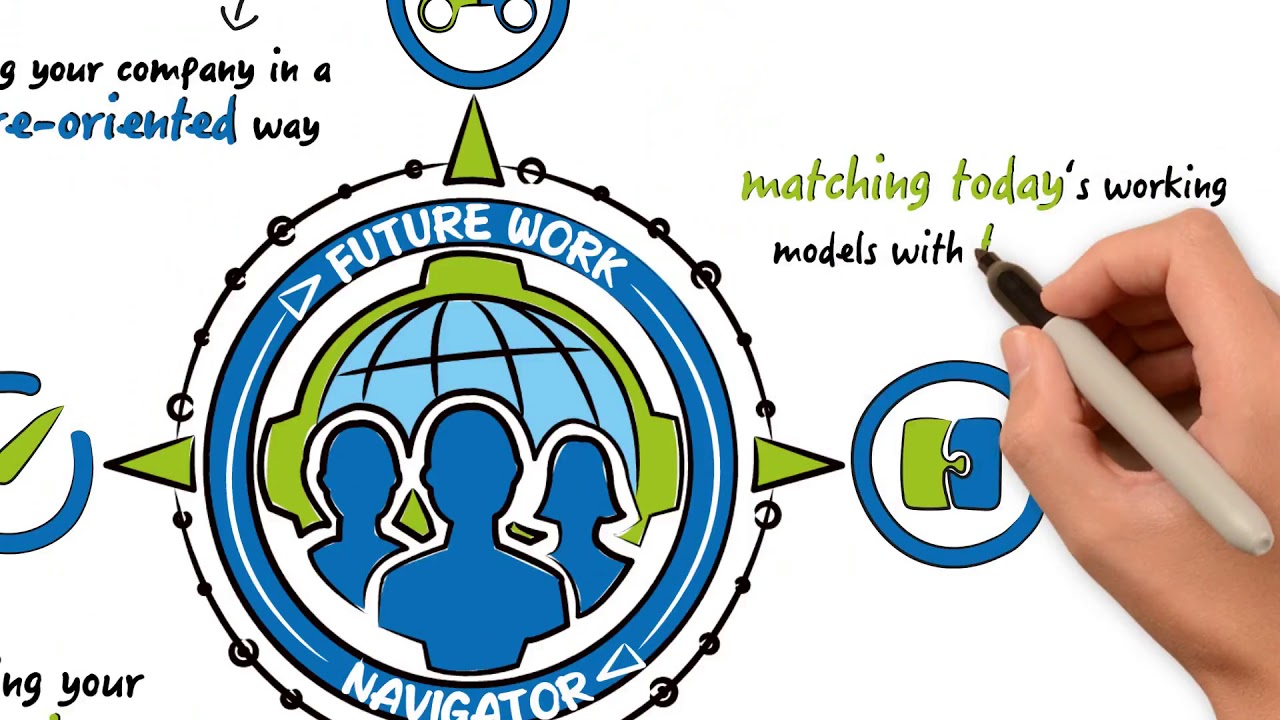A future orientation implies receptiveness to future opportunities and challenges (future-oriented sensing), as well as careful consideration of more distant, potential outcomes of current actions (future-oriented mindset). It is a practice of looking at least two steps ahead, combined with a deep understanding that we cannot passively observe but also always and actively shape the future. In this awakening perspective, our future is up to us. Such a future orientation thus is key to a successful survival sensing strategy and mindset.
Exploitation helps refine or improve existing business and work processes. It is primarily profit-oriented, and it also involves incremental adaptation. It may seem less exciting than seeking radical innovations, but it is critical for ambidexterity.
The third dimension, exploration, is where we focus on the discovery of new opportunities—constantly trying out new things, seeking new ideas, and experimenting with new ways of working. The focus should be novel and beneficial notions, for ourselves and our co-workers, for our organization, for society, or for all of them.
Finally, just as successful switch hitters in baseball move easily to either side of the plate, we must integrate exploitation and exploration to keep the system in balance and achieve continued success.
leap in time
As a research institute, leap in time is concerned with a holistic approach to the future of the world of work. We are your competent partner for questions concerning the future of the world of work and advise you on the necessary change processes. Furthermore, we support you in training your management team in Leadership 2030.
In close cooperation with international scientists and renowned companies, we have developed the Future Work Navigator as a strategic approach for companies that want to systematically assess and increase their future viability.

